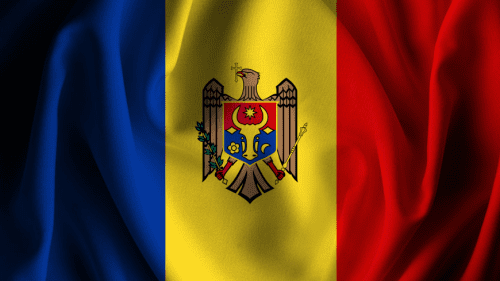
Moldovan, also known as Moldavian, is a Romance language spoken primarily in the Republic of Moldova and the breakaway region of Transnistria. It is closely related to Romanian, and is considered by many to be a dialect of Romanian. However, it is officially recognized as a separate language in the Republic of Moldova.
One of the key features of the Moldovan language is its use of the Cyrillic alphabet. This is a result of the historical influence of Russia on the region, and it is still used alongside the Latin alphabet in official documents and on street signs. In the Republic of Moldova, the government has been promoting the use of the Latin alphabet, but the use of the Cyrillic alphabet remains strong in Transnistria.
Moldovan also has a rich history of borrowing words from other languages, particularly Slavic languages such as Russian and Ukrainian, as well as Turkish and Bulgarian. This has resulted in a unique vocabulary that sets it apart from standard Romanian.
In terms of grammar, Moldovan is similar to Romanian, with a subject-verb-object word order, and the use of definite and indefinite articles. However, there are some notable differences, such as the use of the dative case and the use of the diminutive suffix "-iș" to indicate smallness or endearment.
In terms of dialects, Moldovan can be divided into several regional variations, including the Moldovan spoken in the capital city of Chișinău, as well as the dialects spoken in the regions of Bessarabia, Bukovina, and Transnistria.
The Moldovan language has a long literary tradition, dating back to the 19th century. Some notable Moldovan literary figures include Grigore Vieru, Ion Druța, and Ion Ștefan.
Despite being closely related to Romanian, the Moldovan language has faced challenges in recent years. In the Republic of Moldova, there has been a push towards greater use of the Romanian language, particularly in education and official government communications. In Transnistria, the use of the Moldovan language has been discouraged in favor of Russian.
However, there are efforts being made to preserve and promote the Moldovan language. For example, the Academy of Sciences of Moldova has a section dedicated to the study of the Moldovan language, and there are numerous cultural and linguistic organizations working to promote the language.
In conclusion, Moldovan is a Romance language spoken primarily in the Republic of Moldova and Transnistria. It is closely related to Romanian, but has its own unique features, including its use of the Cyrillic alphabet and its rich history of borrowing words from other languages. It has a long literary tradition, but has faced challenges in recent years. However, there are efforts being made to preserve and promote the language.
Recent Posts

Understanding Translation Serv...

Agenzia di Traduzione a Roma: ...

Die Essentielle Rolle von Übe...

Die Essentielle Rolle von Übe...

Die Essentielle Rolle von Übe...

La Traduction Assermentée: Un...
Share it.
© Copyright 2022 LLC


